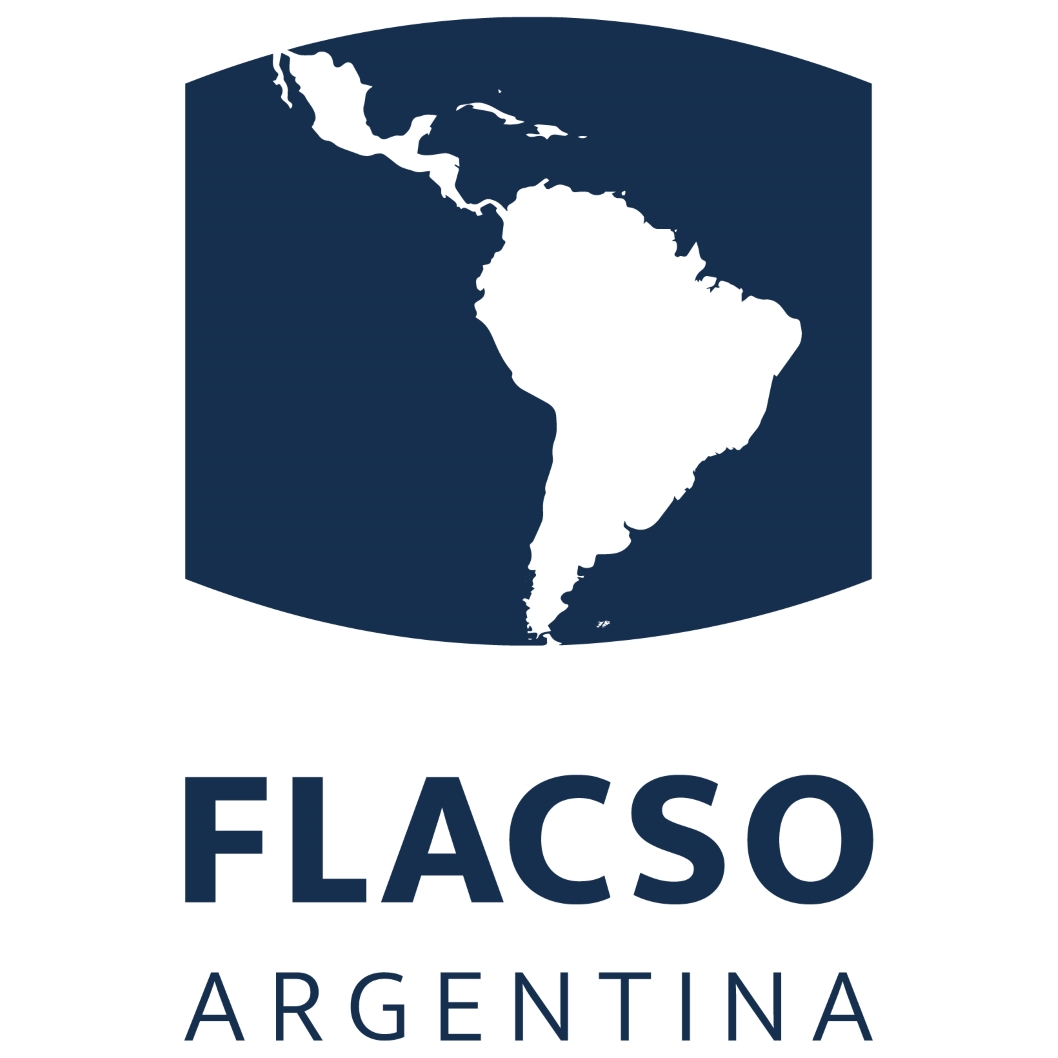Colectomía como Tratamiento de Colitis Pseudomembranosa Fulminante. Reporte de un Caso y Revisión Literaria
Resumen
La colitis pseudomembranosa es un término descriptivo que se asocia a una infección colónica por Clostridioides difficile, es responsable de aproximadamente 25% de las diarreas asociadas a antibióticos con presentación de cuadros severos en su mayoría. Esta patología tiene el potencial de desarrollar complicaciones que ponen en peligro la vida como megacolon tóxico, íleo, perforación intestinal y sepsis. Presentamos el caso clínico de una mujer de 65 años, sin inmunización BCG, con antecedente de hipertensión arterial y osteoporosis en control médico, que acude al hospital por dolor lumbar crónico y progresivo. En la tomografía computarizada se identificó un absceso frío paravertebral derecho a nivel T9-T10 con destrucción ósea sin recuperación independientemente de terapia antibiótica intensiva (linezolid y levofloxacino). Finalmente se identificó infección tuberculosa, iniciándose terapia combinada antituberculosa que derivó en colitis pseudomembranosa. A los pocos días se desarrollaron características de megacolon tóxico, así como abdomen agudo con deterioro clínico abrupto. Se tomó tempranamente la decisión multidisciplinaria de realizar una colectomía total, frenando el deterioro general y resultando en una destacada mejoría clínica.
Descargas
Citas
Abreu, A. A. Y., Velasco, J. V., Zavala-Solares, Remes-Troche, J., Carmona-Sánchez, R., Aldana-Ledesma, J., ... La Vega Jasso, S. L. (2019). Consenso sobre prevención, diagnóstico y tratamiento de la infección por Clostridium difficile. Revista de Gastroenterología de México, 84(2), 204-219.
https://doi.org/10.1016/j.rgmx.2018.12.001
Ahmed, N., & Kuo, Y. (2022). Outcomes of total versus partial colectomy in fulminant clostridium difficile colitis: A propensity matched analysis. World Journal of Emergency Surgery, 17(1). https://doi.org/10.1186/s13017-022-00414-2
Danovitch S. H. (1989). Fulminant colitis and toxic megacolon. Gastroenterology clinics of North America, 18(1), 73–82. Recuperado de https://pubmed.ncbi.nlm.nih.gov/2493427/
Debast, S. B., Bauer, M. P., & Kuijper, E. J. (2014). European Society of Clinical Microbiology and Infectious Diseases: Update of the Treatment Guidance Document for Clostridium difficile infection. Clinical Microbiology and Infection, 20, 1-26.
https://doi.org/10.1111/1469-0691.12418
Desai, J., Elnaggar, M., Hanfy, A., & Doshi, R. (2020). Toxic Megacolon: Background, pathophysiology, management challenges and solutions. Clinical and Experimental Gastroenterology, 13, 203-210. https://doi.org/10.2147/ceg.s200760
Di Masi, A., Leboffe, L., Polticelli, F., Tonon, F., Zennaro, C., Caterino, M., ... Di Bella, S. (2018). Human serum albumin is an essential component of the host defense mechanism against clostridium difficile intoxication. The Journal of Infectious Diseases, 218(9), 1424-1435. https://doi.org/10.1093/infdis/jiy338
Drekonja, D., Reich, J., Gezahegn, S., Greer, N., Shaukat, A., MacDonald, R., ... Wilt, T. J. (2015). Fecal microbiota transplantation for Clostridium difficile infection. Annals of Internal Medicine, 162(9), 630-638. https://doi.org/10.7326/m14-2693
Farooq, P. D., Urrunaga, N. H., Tang, D. M., & Von Rosenvinge, E. C. (2015). Pseudomembranous colitis. Disease-a-Month, 61(5), 181-206. https://doi.org/10.1016/j.disamonth.2015.01.006
Ferrada, P., Velopulos, C. G., Sultan, S., Haut, E. R., Johnson, E. M., Praba-Egge, A., ... Duane, T. M. (2014). Timing and type of surgical treatment of clostridium difficile–associated disease. The journal of trauma and acute care surgery, 76(6), 1484-1493.
https://doi.org/10.1097/ta.0000000000000232
Fischer, M., Sipe, B., Cheng, Y., Phelps, E., Rogers, N., Sagi, S., ... Kassam, Z. (2016). Fecal microbiota transplant in severe and severe-complicated Clostridium difficile: A promising treatment approach. Gut microbes, 8(3), 289-302. https://doi.org/10.1080/19490976.2016.1273998
Garey, K. W., Sethi, S., Yadav, Y., & DuPont, H. L. (2008). Meta-analysis to assess risk factors for recurrent clostridium difficile infection. Journal of Hospital Infection, 70(4), 298-304. https://doi.org/10.1016/j.jhin.2008.08.012
Gerding, D. N., Kelly, C. P., Rahav, G., Lee, C., Dubberke, E. R., Kumar, P., . . . Dorr, M. B. (2018). Bezlotoxumab for prevention of recurrent clostridium difficile infection in patients at increased risk for recurrence. Clinical Infectious Diseases, 67(5), 649-656.
https://doi.org/10.1093/cid/ciy171
Gerding D. N., y Young V. B. (2015). Infección por Clostridium difficile. En J. E. Bennett, R. Dolin, y M. J. Blaser (Eds.), Mandell, Douglas y Bennett Enfermedades infecciosas Principios y práctica (pp. 2897-2910). España: Elsevier.
Goldenberg, J. Z., Yap, C., Lytvyn, L., Lo, C. K., Beardsley, J., Mertz, D., & Johnston, B. C. (2017). Probiotics for the prevention of clostridium difficile-associated diarrhea in adults and children. The Cochrane library. https://doi.org/10.1002/14651858.cd006095.pub4
Guery, B., Menichetti, F., Anttila, V., Adomakoh, N., Aguado, J. M., Bisnauthsing, K., ... Vehreschild, M. J. G. T. (2018). Extended-pulsed Fidaxomicin versus vancomycin for clostridium difficile infection in patients 60 years and older (EXTEND): A randomised, controlled, open-label, phase 3B/4 trial. Lancet Infectious Diseases, 18(3), 296-307. https://doi.org/10.1016/s1473-3099(17)30751-x
Guh, A., Mu, Y., Winston, L. G., Johnston, H., Olson, D. M., Farley, M. M., . . . McDonald, L. C. (2020). Trends in U.S. burden of Clostridioides difficile infection and outcomes. The New England Journal of Medicine, 382(14), 1320-1330. https://doi.org/10.1056/nejmoa1910215
Hall, J. F., & Berger, D. L. (2008). Outcome of colectomy for clostridium difficile colitis: a plea for early surgical management. The American Journal of Surgery, 196(3), 384-388. https://doi.org/10.1016/j.amjsurg.2007.11.017
Johnson, S., Lavergne, V., Skinner, A. M., Gonzales-Luna, A. J., Garey, K. W., Kelly, C. P., & Wilcox, M. H. (2021). Clinical Practice Guideline by the Infectious Diseases Society of America (IDSA) and Society for Healthcare Epidemiology of America (SHEA): 2021 Focused Update Guidelines on Management of Clostridioides difficile infection in adults. Clinical Infectious Diseases, 73(5), e1029-e1044. https://doi.org/10.1093/cid/ciab549
Kirkpatrick, I. D., & Greenberg, H. M. (2001). Evaluating the CT diagnosis of Clostridium difficile colitis. American Journal of Roentgenology, 176(3), 635-639.
https://doi.org/10.2214/ajr.176.3.1760635
Louie, T., Miller, M. A., Mullane, K. M., Weiss, K. H., Lentnek, A., Golan, Y., ... Shue, Y. (2011). Fidaxomicin versus vancomycin for Clostridium difficile Infection. The New England Journal of Medicine, 364(5), 422-431. https://doi.org/10.1056/nejmoa0910812
Miller, M. A., Louie, T., Mullane, K. M., Weiss, K. H., Lentnek, A., Golan, Y., ... Sears, P. (2013). Derivation and validation of a simple clinical bedside score (ATLAS) for clostridium difficile infection which predicts response to therapy. BMC Infectious Diseases, 13(1). https://doi.org/10.1186/1471-2334-13-148
Paláu-Dávila, L., Lara-Medrano, R., Negreros-Osuna, A. A., Salinas-Chapa, M., Garza‐González, E., Gutiérrez-Delgado, E. M., & Camacho-Ortíz, A. (2016). Efficacy of computed tomography for the prediction of colectomy and mortality in patients with clostridium difficile infection. Annals of Medicine and Surgery, 12, 101-105. https://doi.org/10.1016/j.amsu.2016.11.002
Petrosillo, N. (2018). Tackling the recurrence of clostridium difficile infection. Médecine et Maladies Infectieuses, 48(1), 18-22. https://doi.org/10.1016/j.medmal.2017.10.007
Sartelli, M., Di Bella, S., McFarland, L. V., Khanna, S., Furuya‐Kanamori, L., Abuzeid, N., ... Catena, F. (2019). 2019 Update of the WSES Guidelines for Management of Clostridioides (Clostridium) difficile infection in surgical patients. World Journal of Emergency Surgery, 14(1). https://doi.org/10.1186/s13017-019-0228-3
Seder, C. W., Villalba, M., Robbins, J. M., Ivascu, F. A., Carpenter, C., Dietrich, M. R., & Villalba, M. (2009). Early colectomy may be associated with improved survival in fulminant clostridium difficile colitis: an 8-year experience. The American Journal of Surgery, 197(3), 302-307. https://doi.org/10.1016/j.amjsurg.2008.11.001
Tamez-Torres, K. M., Torres-González, P., Leal-Vega, F., García-Alderete, A., García, N. I. L., Mendoza-Aguilar, R., ... Sifuentes–Osornio, J. (2017). Impact of clostridium difficile infection caused by the NAP1/RT027 strain on severity and recurrence during an outbreak and transition to endemicity in a Mexican tertiary care center. International Journal of Infectious Diseases, 65, 44-49. https://doi.org/10.1016/j.ijid.2017.09.022
Derechos de autor 2023 Francisco Javier Lugo Rincón-Gallardo , Ana Paula Mendoza Gaona, Francisco De la Peña Camacho, Juan Carlos Franco Rodríguez, Jorge Luis Castrejón Mora

Esta obra está bajo licencia internacional Creative Commons Reconocimiento 4.0.











.png)




















.png)
1.png)


